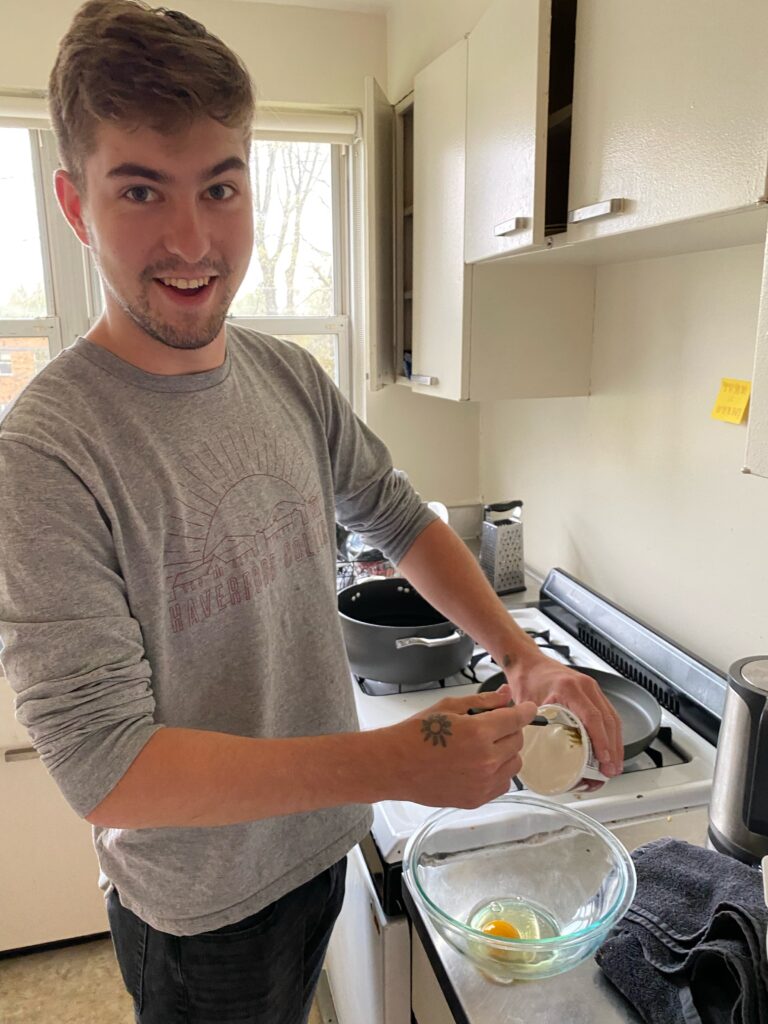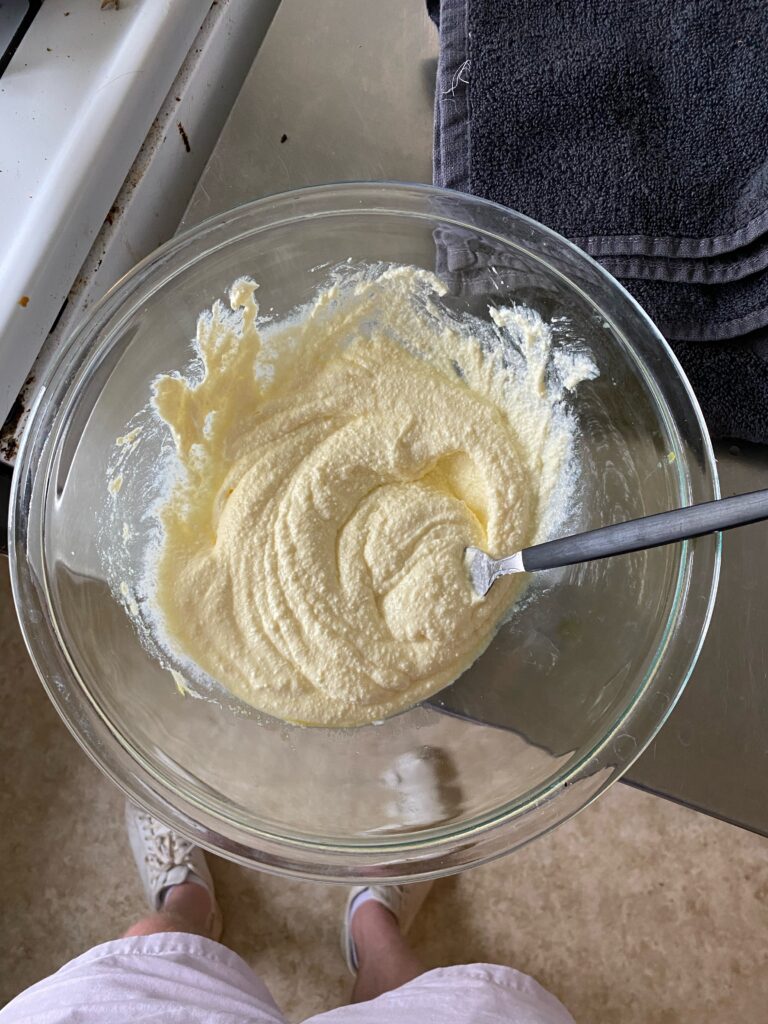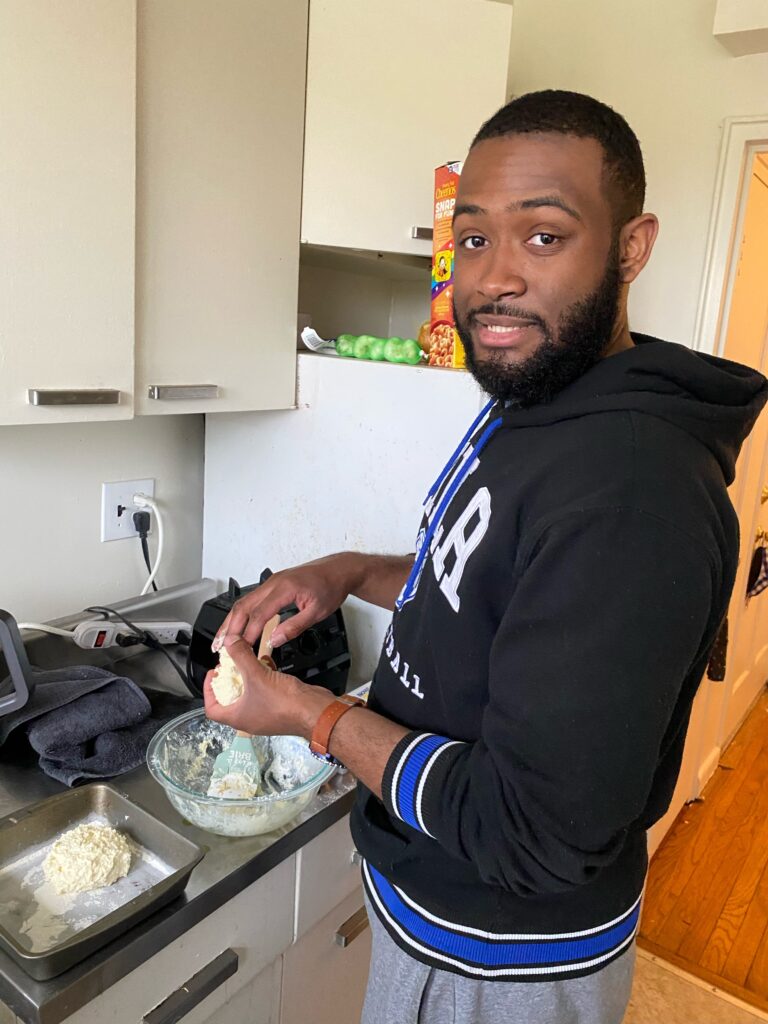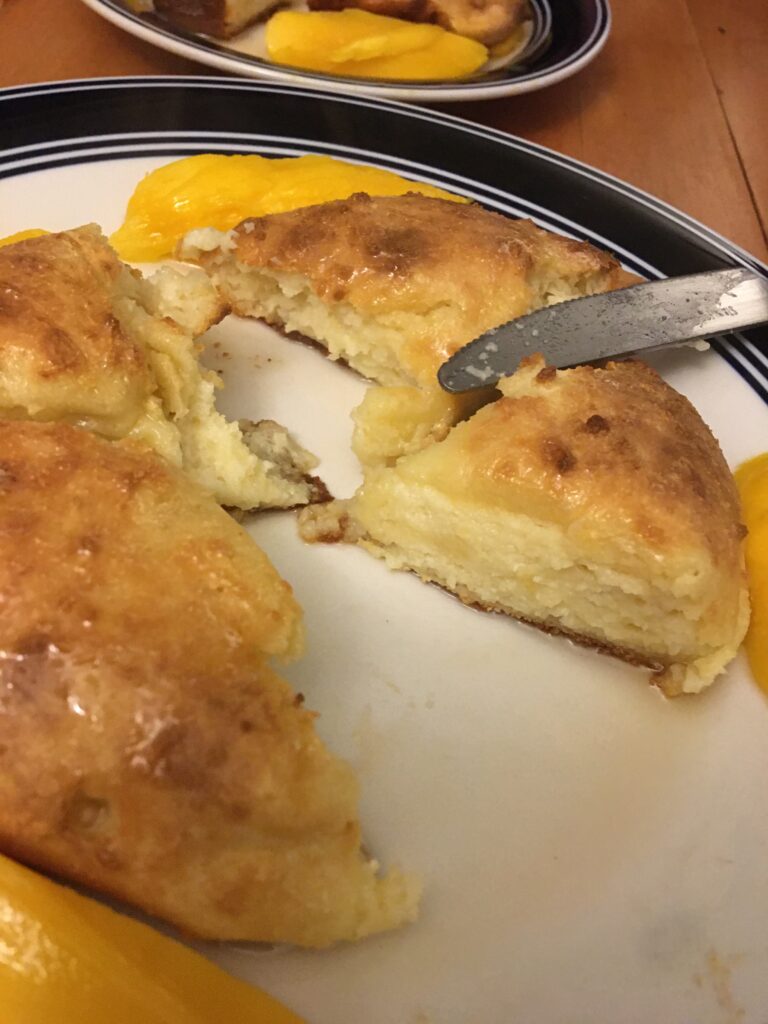On March 25th I attended a lecture at Bryn Mawr College by Dr. Eva Hoffman (Tufts University) titled “Mobility and Exchange: Framing a Global Mediterranean”, wherein Hoffman discusses reconceptualizing the framework archaeologists and art historians use to categorize and understand artifacts. Although her lecture focused primarily on medieval art and objects from the 10-13th centuries, her arguments bring forth broad-ranging implications for the discipline across different time periods. Highlighting the pseudo-globalism taking place during this time period, she argues that we should use fluidity and the potential of exchange as a new methodology for understanding the origins and functions of artistic representations, rather than isolating them to singular contexts. I find this particularly interesting to think about with regards to the connectedness of the older, Roman Mediterranean, which (in the most positive way of describing it) brought together a vast trade-network of interactive and diverse cultures.
Returning to Hoffman’s lecture, she presents several distinct archaeological finds to support her arguments that highlight the multi-directional trade taking place, and why that matters. Her first example was the Serçe Limani Shipwreck discovered off the coast of southwest Anatolia, that was likely a trade ship originating in Byzantine and on its return journey from Syria. Of particular interest were ornately decorated Ivory Horns, that are usually associated with their acquisition by European churches, especially in Italy. While we could consider these horns Italian, or perhaps Syrian (their “exact origins” are unknown), Hoffman urges us to incorporate the ambiguity in their creation into how we understand their relevance and identity. The artistic motifs of hunting, battles and feasting don’t indicate any localization of production, although the particular images resemble widespread motifs in the Islamic world. To Hoffman both the designs and the material represent a desire on the part of these Italian churches for authenticity—perhaps even an attempt to represent a victory of the crusades. Either way, taking into account the whole context of these Horns paints a more complete picture of the shaping and reshaping of exchanges between often separated (in historical analysis) geographical spaces.
Another example Hoffman provides for us is the 12th century “Eleanor Vase”. This object, while beautiful on its own, has a long history of refashioning and incorporating elements from many places that adds to our understanding of its significance. Firstly she tells us that it is composed of multiple parts made in a variety of locations, maybe even some parts that were recycled from other objects. These were assembled, and additionally embellishments were added to the vase centuries later to bend or appropriate its purpose. Interestingly there are inscriptions on the vase that outline the pathways and journeys of this object, that put emphasis on family lineages and political bonds. It is for this reason that in Hoffman’s reframing of art history methodology she asks us to focus on the intersections that create local identity. She says these objects incorporate a shared visual vocabulary, adding to the dissolution of boundaries. This led me to consider questions about what we consider Roman art, and the variety of intersections at play in its creation. For example, can we (or should we) call the recently discovered mosaic in Rutland, England, just Roman? Located hundreds of miles away from Italy and depicting scenes from a Greek epic, this intricate piece of decoration undoubtedly contains intersections shaped by geography, religion, and socio-political interactions. What can art like this tell us about Roman identity, especially about belonging to this vast Mediterranean network of exchange?
I thought Dr. Hoffman’s lecture was incredibly interesting, and one of the questions asked by someone in attendance was related to the categorizations used by museums when displaying art and artifacts from the ancient world. I am excited to see how her work contributes to a change in the approach to this limited categorization, both by art historians and archaeologists. I am hopeful that her suggested methodology can help evolve the way historians understand ancient cultures not as separate but interactive, as peoples who contribute to shaping each other’s identities.





